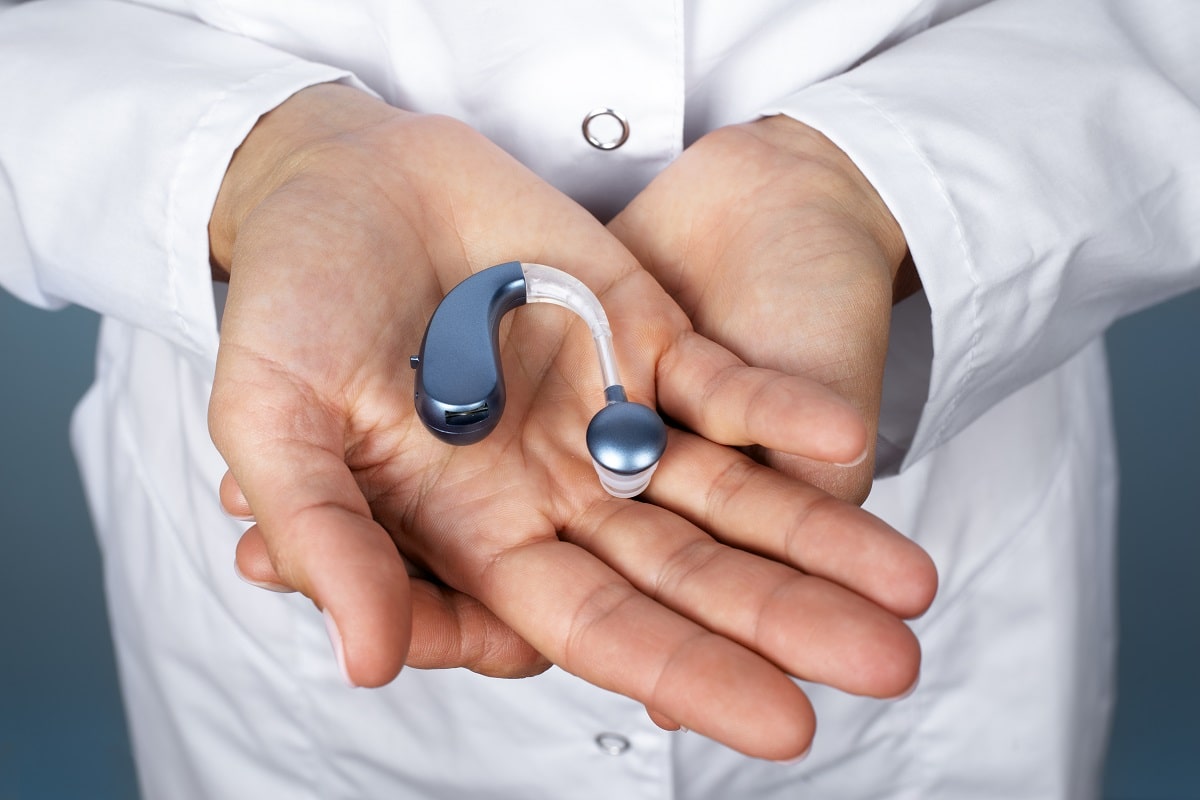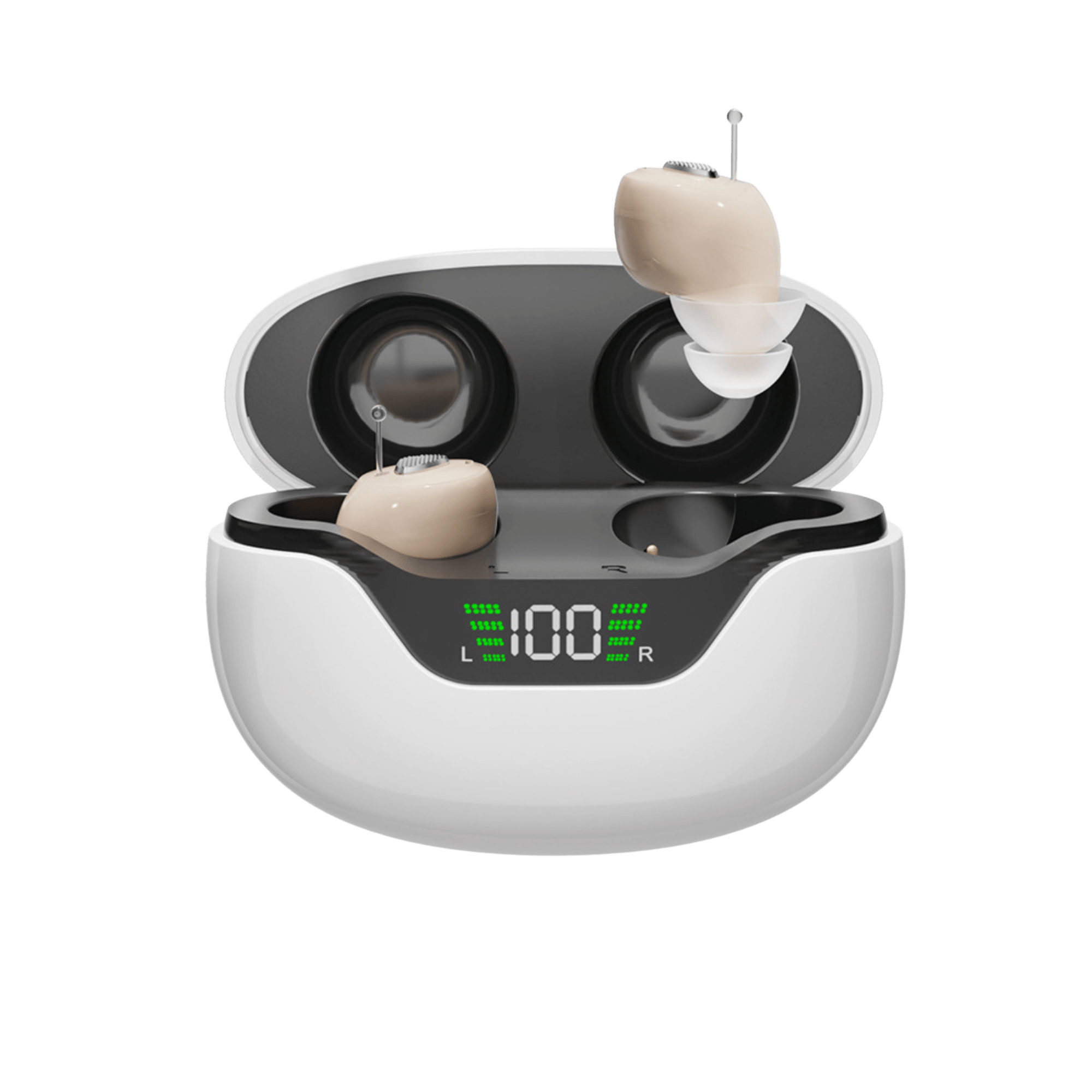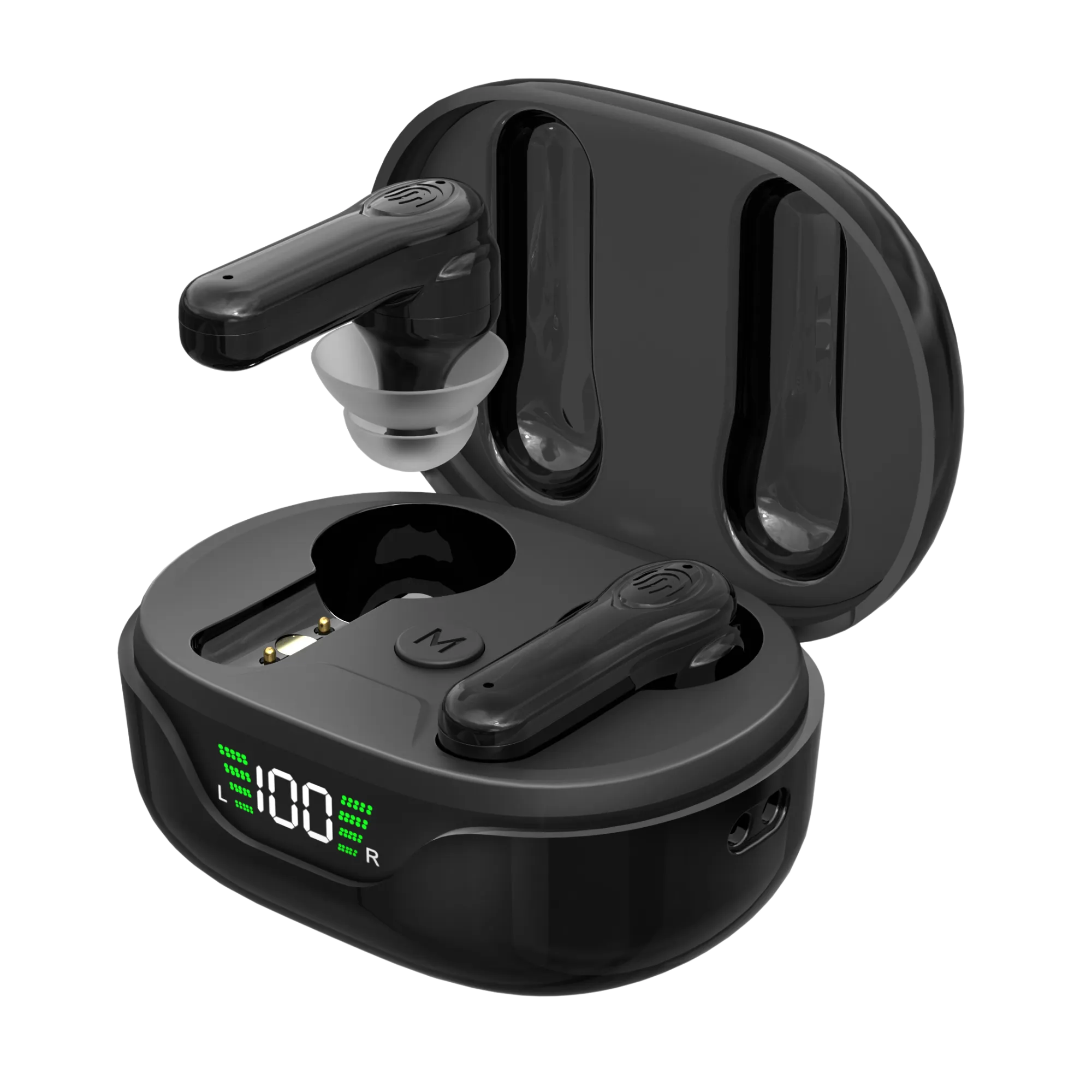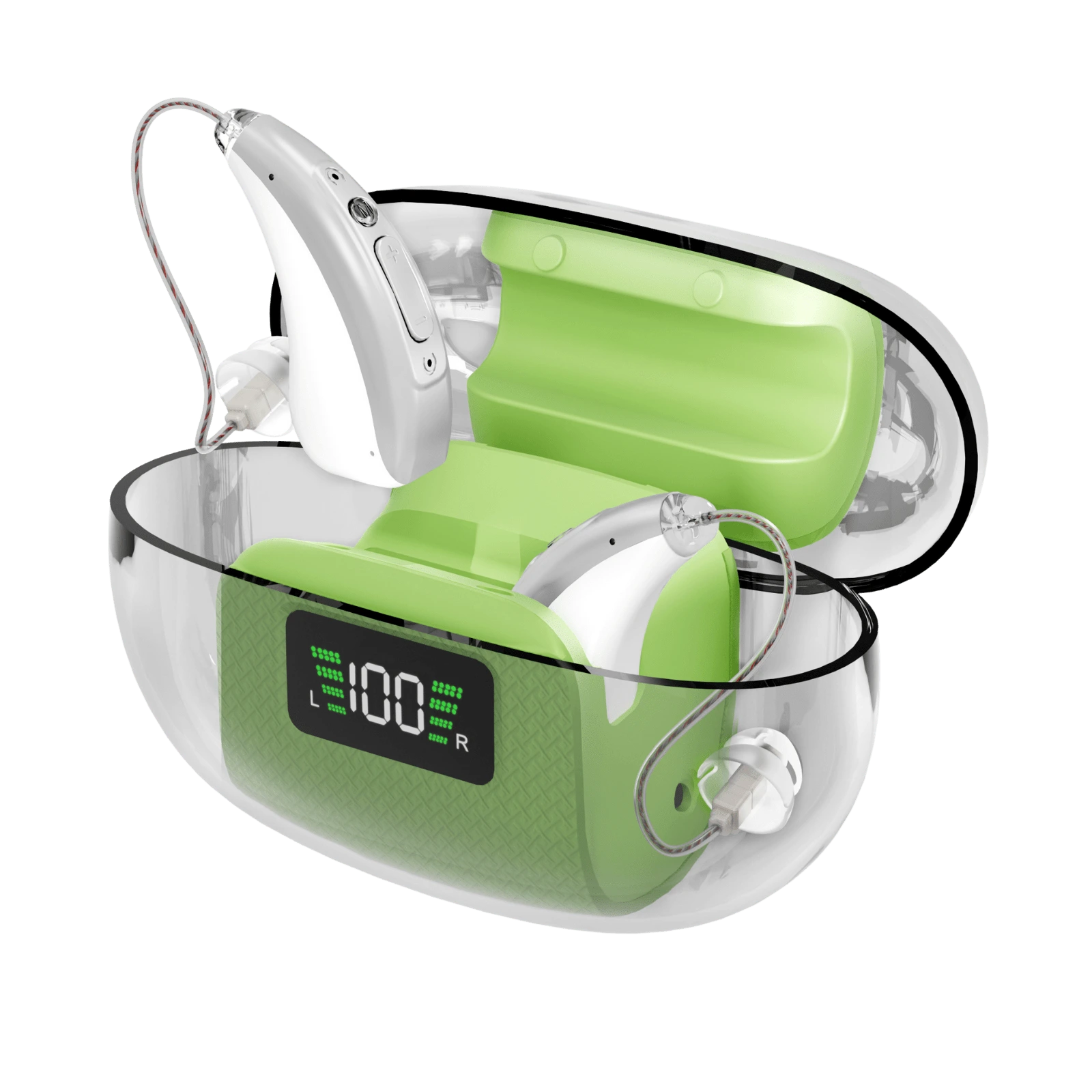A Short History of Hearing Aids: How Hearing Aids Have Changed
Hearing loss has been a problem for most of human history, and people have tried many different things to get better at hearing. Hearing aids were a big step forward for the field of audiology, and they changed the way people with hearing loss experience the world. In this piece, we'll look at the fascinating history of hearing aids, including where they came from and how they've changed over time.
Early attempts to help people hear
Hearing loss has been a problem for a long time, and early hearing aids have been found in ancient records. Ancient people tried out different ways to improve their hearing, like using animal horns or seashells that had been cut out as early hearing aids. These early attempts were made to improve hearing by directing sound waves into the ear.
When ear trumpets were first used
The ear horn, which was made in the 1600s, was the first device that was really like a hearing aid. Ear trumpets were made of metal, wood, or animal horn and had a cone shape. They were made to pick up sound waves and direct them into the ear canal, which makes the sound louder for people who have trouble hearing. In the 18th and 19th centuries, ear bells became popular and were a big step forward in helping people hear.
Carbon Aids for Hearing
With the invention of carbon hearing aids in the late 1800s and early 1900s, hearing aid science made a big step forward. Carbon granules and a battery-powered microphone were used in these gadgets to boost the sound. Carbon hearing aids were a big step forward because they could boost a wider range of frequencies, making the sound better than in earlier versions.
Hearing aids with a vacuum tube and a transistor
Around the middle of the 20th century, hearing aid technology got even better. The vacuum tube made it possible to make hearing aids that were smaller and worked better. Electronic amplification was used in vacuum tube hearing aids, which made sounds louder and less distorted. But they were still pretty big and needed batteries to be changed often.
In the late 1940s, the invention of transistor technology was the next big step forward. Transistors changed the way hearing aids were made by making them smaller, more reliable, and better at using energy. Hearing aids that fit behind the ear (BTE) were made possible by this discovery. People with hearing loss found transistor hearing aids easier to use and more comfortable because they were smaller and worked better.
Miniaturization and Digital Revolution
Hearing aid technology made a lot of progress in the 1980s and 1990s, especially in how small they got and how they handled digital signals. Integrated circuits and microprocessors have made hearing aids smaller, less noticeable, and better at handling sound.
When they were first made available in the 1990s, digital hearing aids changed the business by allowing for precise customization and more advanced signal processing. Digital technology made it easier to get rid of noise, stop feedback, and change the amount of enhancement based on a person's hearing profile. These improvements made it much easier for people with hearing loss to understand words and listen comfortably.
New developments in hearing aids
Hearing aid technology has kept getting better and better in recent years. Wireless connectivity has made it possible for hearing aids to connect to phones, TVs, and other devices, so they can stream sounds and be controlled by a remote. Hearing aids are getting more and more popular with features like Bluetooth, smartphone apps, and rechargeable batteries.
Also, improvements in artificial intelligence (AI) and machine learning have given hearing aid technology new ways to help people hear. AI algorithms can easily adjust to different listening environments, analyze sound patterns, and make changes in real time to improve sound quality and speech understanding.
Conclusion
Since the first efforts to help people hear, hearing aids have come a long way in how they work and how they are made. The goal has always been to make the lives of people with hearing loss better, whether they used animal horns or seashells or today's high-tech, digitally improved hearing aids.
As technology keeps getting better, hearing aids are getting smaller, more powerful, and easier to customize. The combination of wireless connection, digital processing, and AI-driven features has changed how people with hearing loss can interact with the world around them.
As time goes on, it's exciting to think that hearing aids will keep getting better. As research and development continue, we can expect even more advanced gadgets that will continue to help people with hearing loss by giving them better hearing, better communication, and a higher quality of life.
Hearing loss has been a problem for most of human history, and people have tried many different things to get better at hearing. Hearing aids were a big step forward for the field of audiology, and they changed the way people with hearing loss experience the world. In this piece, we'll look at the fascinating history of hearing aids, including where they came from and how they've changed over time.
Early attempts to help people hear
Hearing loss has been a problem for a long time, and early hearing aids have been found in ancient records. Ancient people tried out different ways to improve their hearing, like using animal horns or seashells that had been cut out as early hearing aids. These early attempts were made to improve hearing by directing sound waves into the ear.
When ear trumpets were first used
The ear horn, which was made in the 1600s, was the first device that was really like a hearing aid. Ear trumpets were made of metal, wood, or animal horn and had a cone shape. They were made to pick up sound waves and direct them into the ear canal, which makes the sound louder for people who have trouble hearing. In the 18th and 19th centuries, ear bells became popular and were a big step forward in helping people hear.
Carbon Aids for Hearing
With the invention of carbon hearing aids in the late 1800s and early 1900s, hearing aid science made a big step forward. Carbon granules and a battery-powered microphone were used in these gadgets to boost the sound. Carbon hearing aids were a big step forward because they could boost a wider range of frequencies, making the sound better than in earlier versions.
Hearing aids with a vacuum tube and a transistor
Around the middle of the 20th century, hearing aid technology got even better. The vacuum tube made it possible to make hearing aids that were smaller and worked better. Electronic amplification was used in vacuum tube hearing aids, which made sounds louder and less distorted. But they were still pretty big and needed batteries to be changed often.
In the late 1940s, the invention of transistor technology was the next big step forward. Transistors changed the way hearing aids were made by making them smaller, more reliable, and better at using energy. Hearing aids that fit behind the ear (BTE) were made possible by this discovery. People with hearing loss found transistor hearing aids easier to use and more comfortable because they were smaller and worked better.
Miniaturization and Digital Revolution
Hearing aid technology made a lot of progress in the 1980s and 1990s, especially in how small they got and how they handled digital signals. Integrated circuits and microprocessors have made hearing aids smaller, less noticeable, and better at handling sound.
When they were first made available in the 1990s, digital hearing aids changed the business by allowing for precise customization and more advanced signal processing. Digital technology made it easier to get rid of noise, stop feedback, and change the amount of enhancement based on a person's hearing profile. These improvements made it much easier for people with hearing loss to understand words and listen comfortably.
New developments in hearing aids
Hearing aid technology has kept getting better and better in recent years. Wireless connectivity has made it possible for hearing aids to connect to phones, TVs, and other devices, so they can stream sounds and be controlled by a remote. Hearing aids are getting more and more popular with features like Bluetooth, smartphone apps, and rechargeable batteries.
Also, improvements in artificial intelligence (AI) and machine learning have given hearing aid technology new ways to help people hear. AI algorithms can easily adjust to different listening environments, analyze sound patterns, and make changes in real time to improve sound quality and speech understanding.
Conclusion
Since the first efforts to help people hear, hearing aids have come a long way in how they work and how they are made. The goal has always been to make the lives of people with hearing loss better, whether they used animal horns or seashells or today's high-tech, digitally improved hearing aids.
As technology keeps getting better, hearing aids are getting smaller, more powerful, and easier to customize. The combination of wireless connection, digital processing, and AI-driven features has changed how people with hearing loss can interact with the world around them.
As time goes on, it's exciting to think that hearing aids will keep getting better. As research and development continue, we can expect even more advanced gadgets that will continue to help people with hearing loss by giving them better hearing, better communication, and a higher quality of life.





